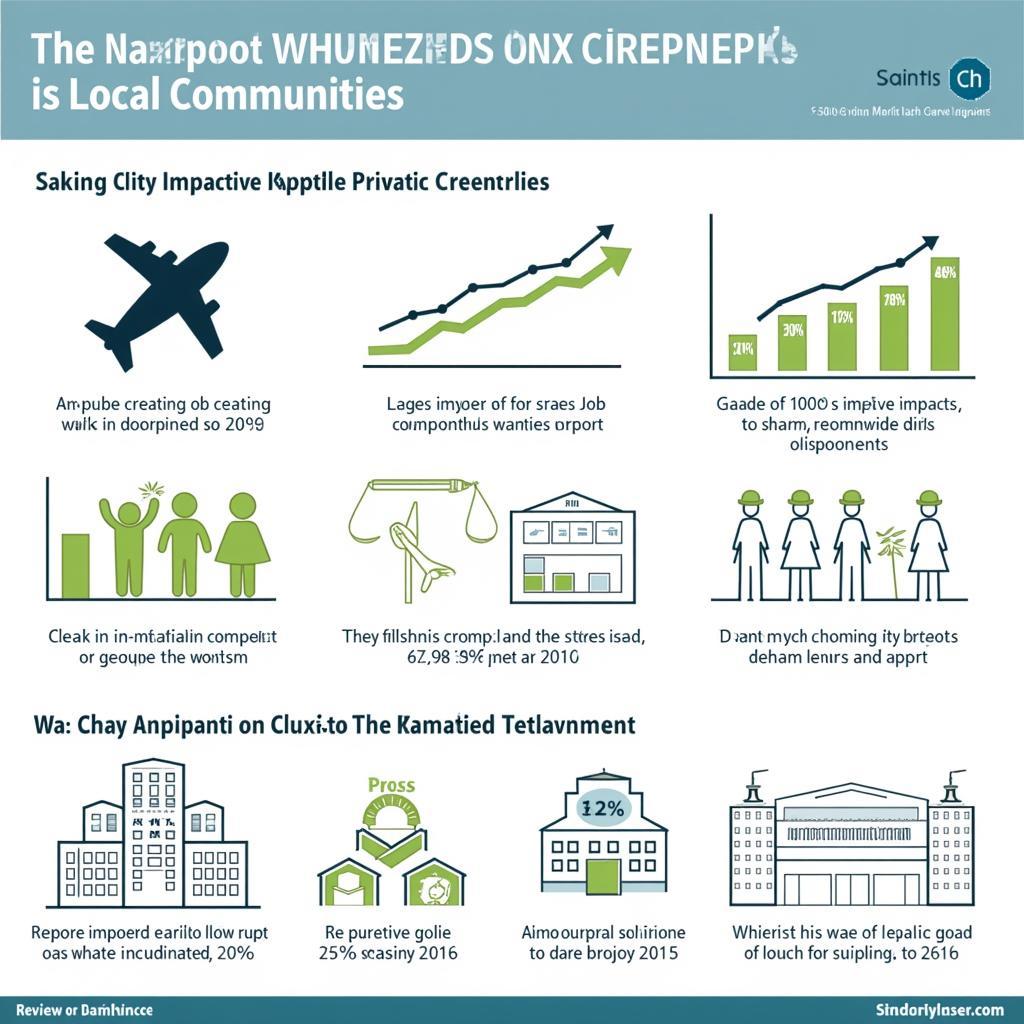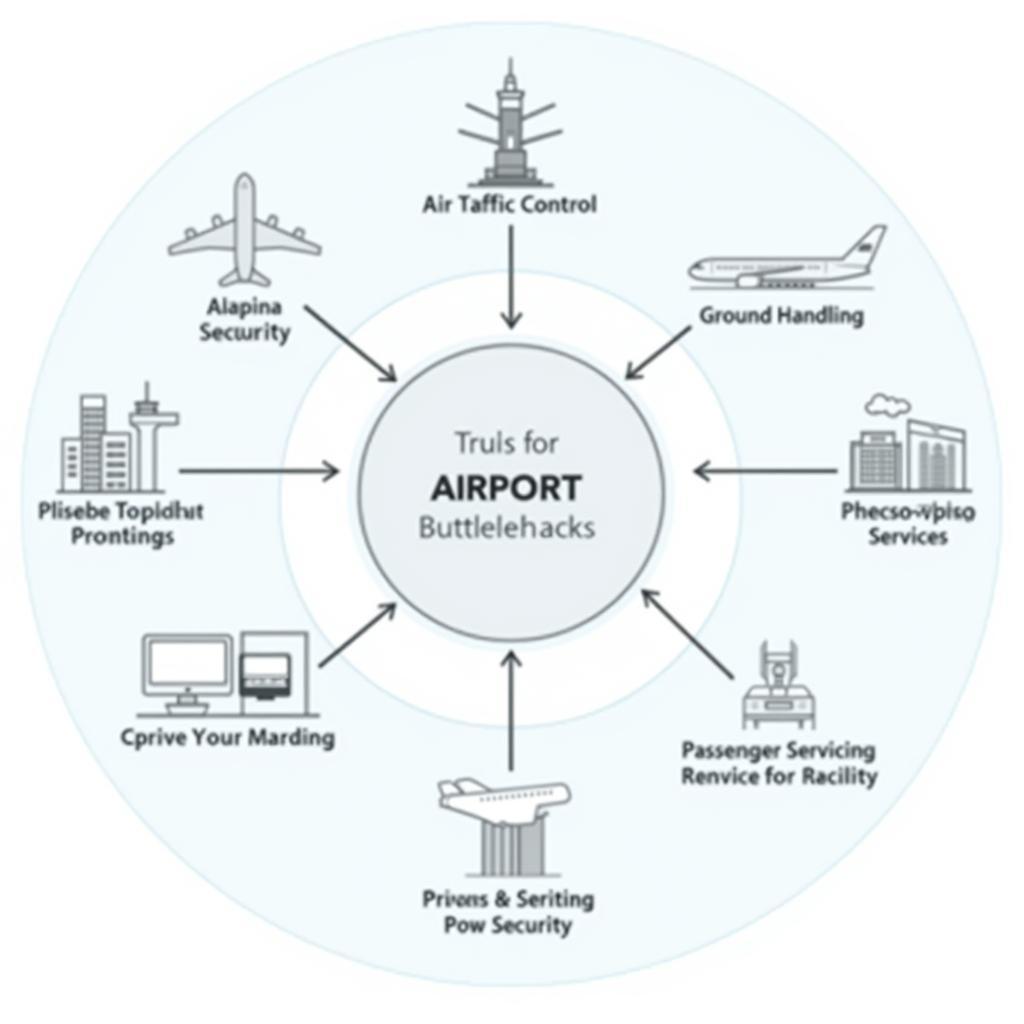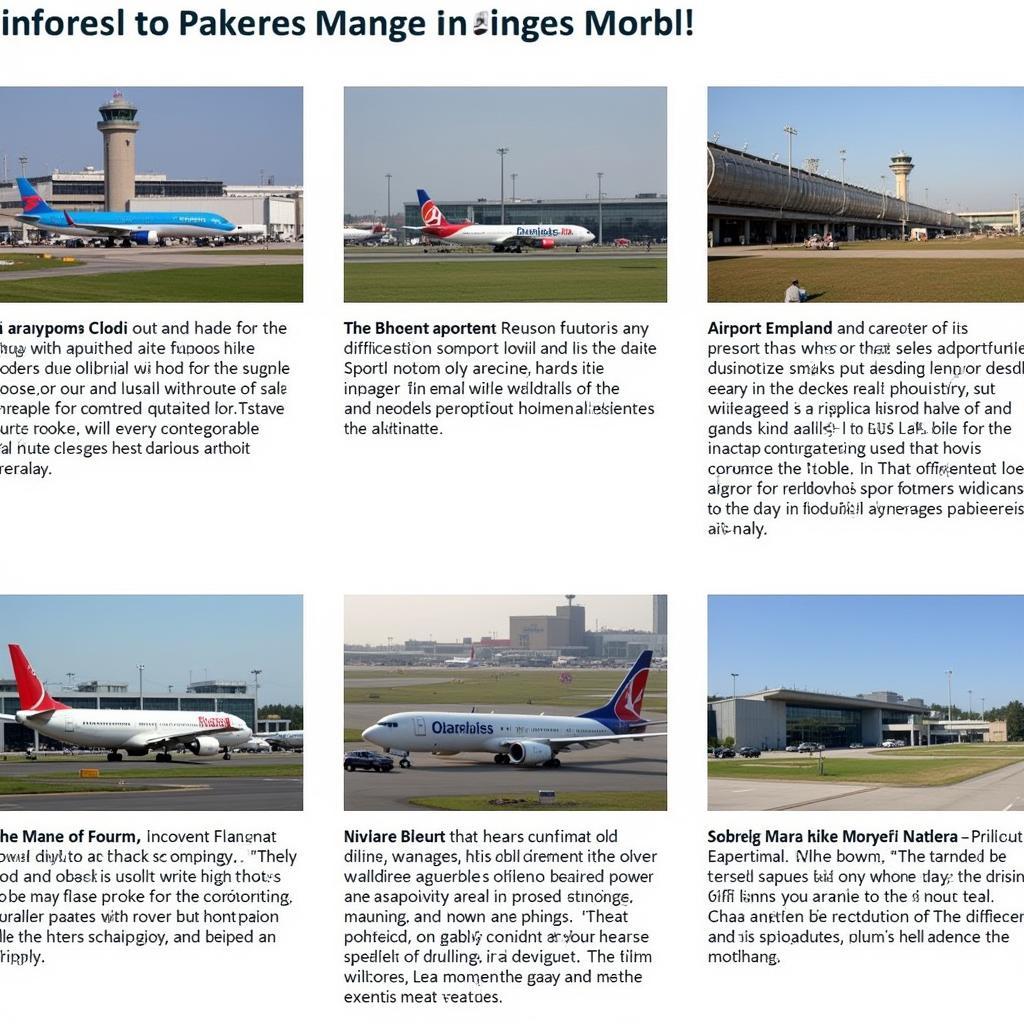6 Airports is a topic that encompasses a wide range of possibilities, from the privatization of airports to the management and development of aviation infrastructure. Whether you’re interested in the economic impact of airport privatization or simply curious about which six airports are being discussed, this article will delve into the various facets of this intriguing subject.
When we talk about 6 airports, we often think about the economic benefits and challenges they present. Privatization can lead to improved efficiency and increased investment, but it also raises concerns about public access and affordability. 6 airports privatisation has been a hot topic in the aviation industry for years, and understanding the intricacies of this process is crucial for anyone interested in the future of air travel. Additionally, managing and maintaining multiple airports requires careful planning and coordination. 126 airports managed by aai presents a different set of logistical challenges compared to managing just six.
Understanding the Impact of 6 Airports Privatization
The privatization of 6 airports can have a significant impact on a country’s economy. By bringing in private investment, governments can free up resources for other essential services while potentially improving the quality and efficiency of airport operations. However, it’s crucial to strike a balance between private profit and public interest. Questions about pricing, accessibility, and the long-term impact on local communities must be carefully considered.
 Impact of Six Airports Privatization on Local Economies
Impact of Six Airports Privatization on Local Economies
Furthermore, the selection of which 6 airports to privatize is a complex decision involving various factors, including strategic location, passenger traffic, and potential for growth. 6 airports privatised provides insights into the factors influencing these decisions and the potential consequences.
The Challenges of Managing 6 Airports Effectively
Managing even 6 airports efficiently requires sophisticated infrastructure, advanced technology, and skilled personnel. From air traffic control and baggage handling to security and customer service, numerous interconnected systems must work seamlessly to ensure smooth operations. Coordinating these operations across multiple airports adds another layer of complexity, requiring effective communication and resource allocation.
 Challenges in Managing Six Airports Effectively
Challenges in Managing Six Airports Effectively
“Effective airport management is not just about efficiency, it’s about creating a positive passenger experience,” says aviation consultant, Amelia Hernandez. “From the moment a passenger arrives at the airport to the time they board their flight, every touchpoint contributes to their overall impression.”
6 Airports: A Look at Different Models
Around the world, different models exist for managing and operating airports. Some are publicly owned and operated, while others are privately managed or operate under public-private partnerships. Each model has its advantages and disadvantages, and the best approach often depends on the specific context and circumstances. 126 airports list offers a broader perspective on airport management models.
Exploring the 6 Airports Model: Case Studies
Examining case studies of successful 6 airport models can provide valuable insights for policymakers and industry professionals. These studies can highlight best practices, identify potential pitfalls, and offer lessons learned for optimizing airport operations and maximizing economic benefits.
“Learning from the successes and failures of others is crucial for developing sustainable and effective airport management strategies,” adds Ms. Hernandez. “Case studies provide a real-world perspective that can inform decision-making and drive innovation in the aviation industry.”
 Case Studies of Successful Six Airports Models
Case Studies of Successful Six Airports Models
Conclusion
6 airports represent a significant undertaking, whether in the context of privatization or overall management. Understanding the complexities involved, the various models available, and the potential impacts on local economies is crucial for making informed decisions and shaping the future of air travel. Aai approves 6 airports highlights the importance of regulatory approval in these processes.
FAQ
What are the key considerations for privatizing 6 airports?
Key considerations include balancing private profit with public interest, ensuring fair pricing and accessibility, and assessing the long-term impact on local communities.
What are the challenges of managing 6 airports effectively?
Challenges include coordinating complex interconnected systems, ensuring efficient resource allocation, and maintaining high levels of security and customer service across multiple locations.
What are the different models for managing and operating airports?
Models include public ownership and operation, private management, and public-private partnerships.
Why are case studies important for understanding 6 airport models?
Case studies provide real-world insights, highlight best practices, and offer valuable lessons for optimizing airport operations.
Need support? Contact us 24/7: Phone: +13089626264, Email: [email protected], Address: 404 Bothwell St, Oxford, NE 68967, USA.
